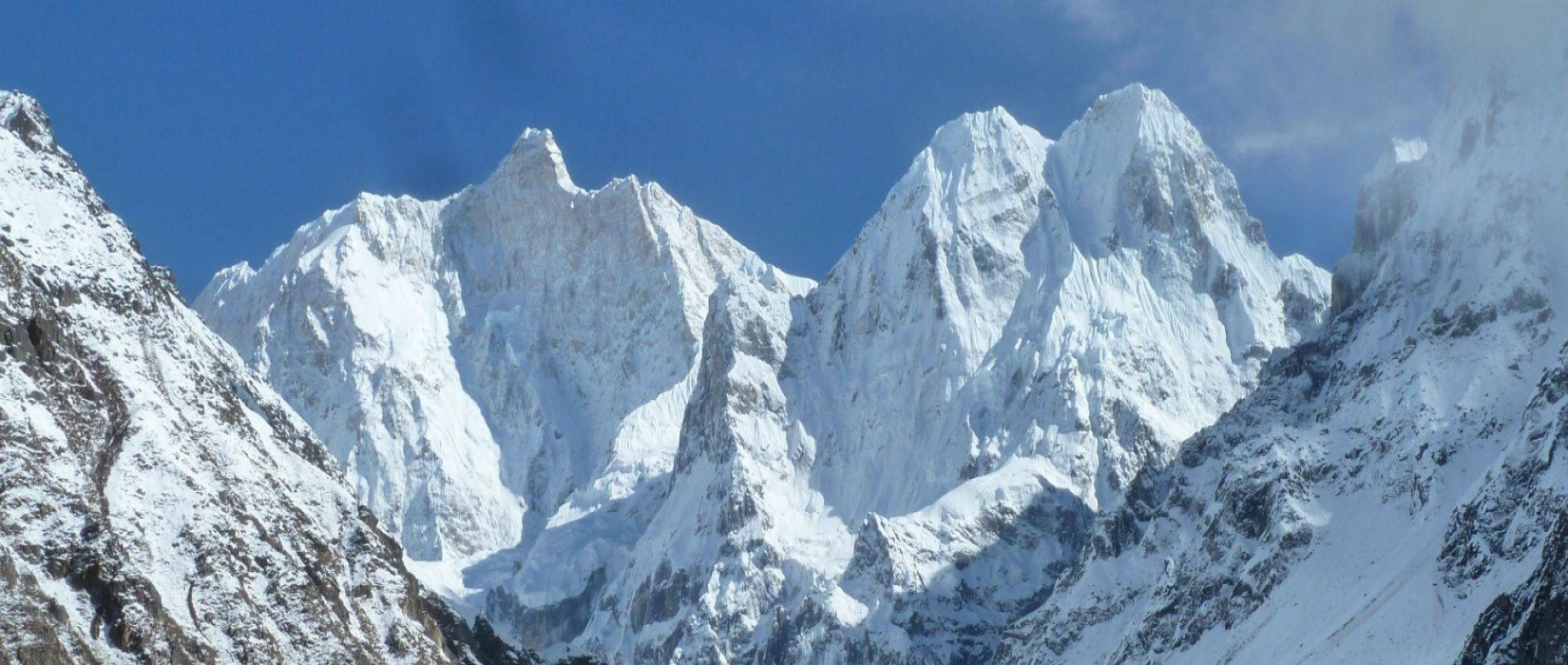Welcome to Nepal! Upon arrival at Kathmandu International Airport, a representative from Nepal Hiking Trek will greet you and transfer you to the hotel. Rest, drink plenty of water, and adjust to the new surroundings.
Kathmandu's lively Thamel area offers plenty to explore, from cafes and restaurants to shops selling trekking gear and local crafts. If needed, get a SIM card for easy communication during the trek. In the evening, relax and enjoy a meal at one of Thamel's popular restaurants.





